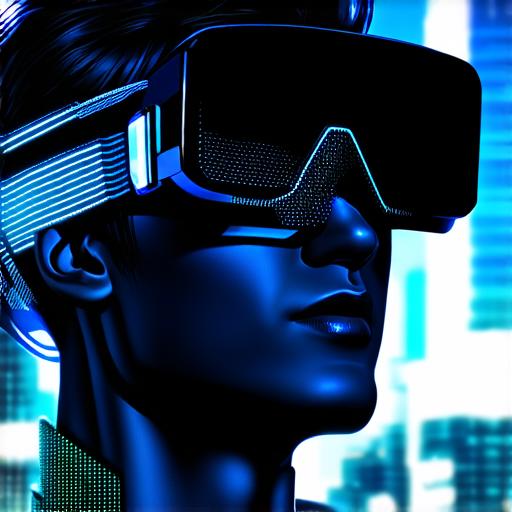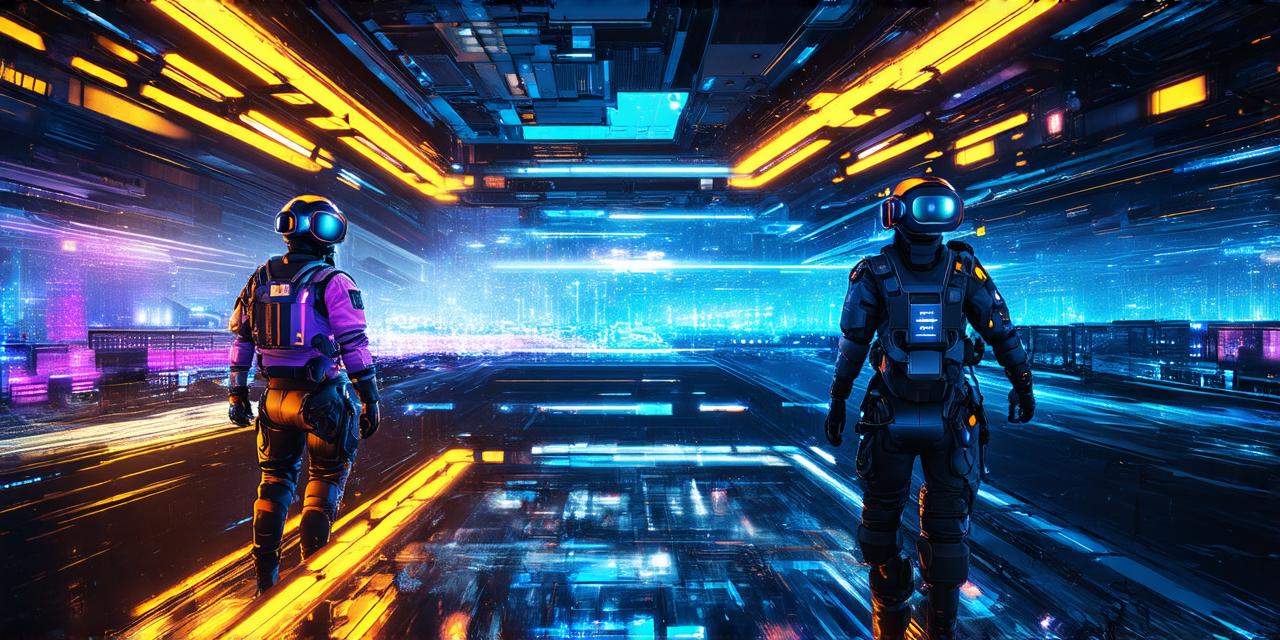<!DOCTYPE html>
History of Mixed Reality
The concept of mixed reality can be traced back to the early days of computer graphics when researchers experimented with overlaying digital images on real-world objects. One of the pioneers in this field was Ivan Sutherland, who created Sketchpad, a program that allowed users to draw and manipulate shapes in 3D space. In the late 1970s, he developed a system called “Sword of Damocles” that used a head-mounted display (HMD) to project images onto a real-world object, creating an illusion of depth and interaction.
Principles of Mixed Reality
Mixed reality is based on the principles of computer-generated imagery (CGI) and real-world objects. In order to create a mixed reality environment, the physical world must be captured and transformed into a digital representation that can be overlaid with virtual elements.
There are several techniques used in MR to achieve this effect, including:
- Image tracking: This involves using sensors or cameras to track the position of real-world objects and project digital images onto them.
- Computer vision: This involves using algorithms to recognize and identify real-world objects and surfaces, allowing for more accurate and precise augmentation.
- 3D modeling and animation: This involves creating realistic 3D models and animations that can be seamlessly integrated into the physical world.
- Interaction design: This involves designing intuitive and interactive user interfaces that allow users to interact with virtual elements in a natural and intuitive way.
Applications of Mixed Reality
Mixed reality has numerous applications across various industries, including:
- Gaming and entertainment: MR allows for the creation of immersive and interactive gaming experiences, as well as more realistic and engaging visual effects in movies and television shows.
- Education: MR can be used to create interactive learning environments that allow students to explore and interact with virtual objects in a more engaging and immersive way.
- Healthcare: MR can be used for medical training and simulation, as well as in the treatment of patients with conditions such as PTSD or anxiety disorders.
- Retail: MR can be used to create interactive product demonstrations and try-on experiences, as well as in virtual storefronts and showrooms.
- Manufacturing: MR can be used for remote collaboration and visualization, as well as in the design and prototyping of products.
- Architecture and urban planning: MR can be used to create realistic simulations of buildings and cities, allowing architects and urban planners to visualize and test designs in a virtual environment.

Future Prospects of Mixed Reality
The future of mixed reality is bright, with continued advancements in technology and increasing adoption across various industries. Some of the trends and developments that we can expect to see in the future of MR include:
- Increased wearability: As wearable technology continues to improve, we can expect to see more seamless and immersive MR experiences that are integrated into everyday life.
- Improved interaction: With advances in computer vision and interaction design, we can expect to see more intuitive and natural ways for users to interact with virtual elements in the physical world.
- Enhanced realism: As technology improves, we can expect to see more realistic and lifelike virtual environments that are indistinguishable from the real world.
- Greater accessibility: With lower cost and increased availability of MR technology, we can expect to see greater adoption across a wider range of industries and applications.
Conclusion
<p



